Recipes
Pizza dough: tips and mistakes to avoid
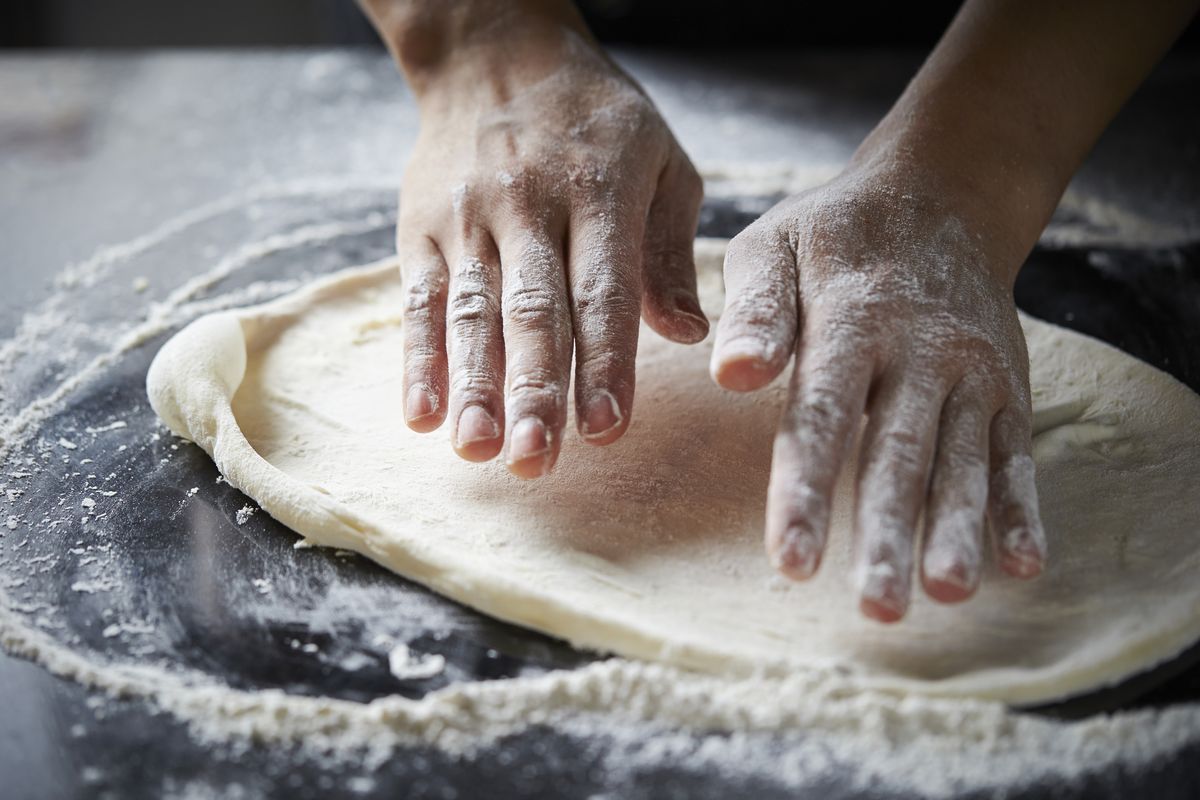

How to make perfect pizza dough? Recipe and advice for those who want to discover how to make super digestible pizza dough!
The pizza dough is always made with the same ingredients (flour, salt, yeast, EVO oil and water) but the results can be very different : high, low, crunchy, soft, with a crust or thin… everyone has their own favorite version of homemade pizza.
There are those who knead by hand and those with a planetary mixer, those who prefer wholemeal and those who prefer white: pizza, to be honest, is such a varied world that there is no right or wrong recipe . However, we can discover together all the differences in pizza dough, cooking times, what changes between the types of yeast and, above all, how to master all the secrets of pizza dough!
Let's start with the preparation (and the ingredients) and then we'll give you all the advice and possible variations of the pizza dough recipe!
The ingredients of the pizza dough
For a perfect dough there is no secret ingredient: even those who make professional pizza always use the usual four or five ingredients. The difference, then, is made by experience, time and the oven. Let's see all the ingredients of pizza dough in detail!
Which pizza flour to choose?
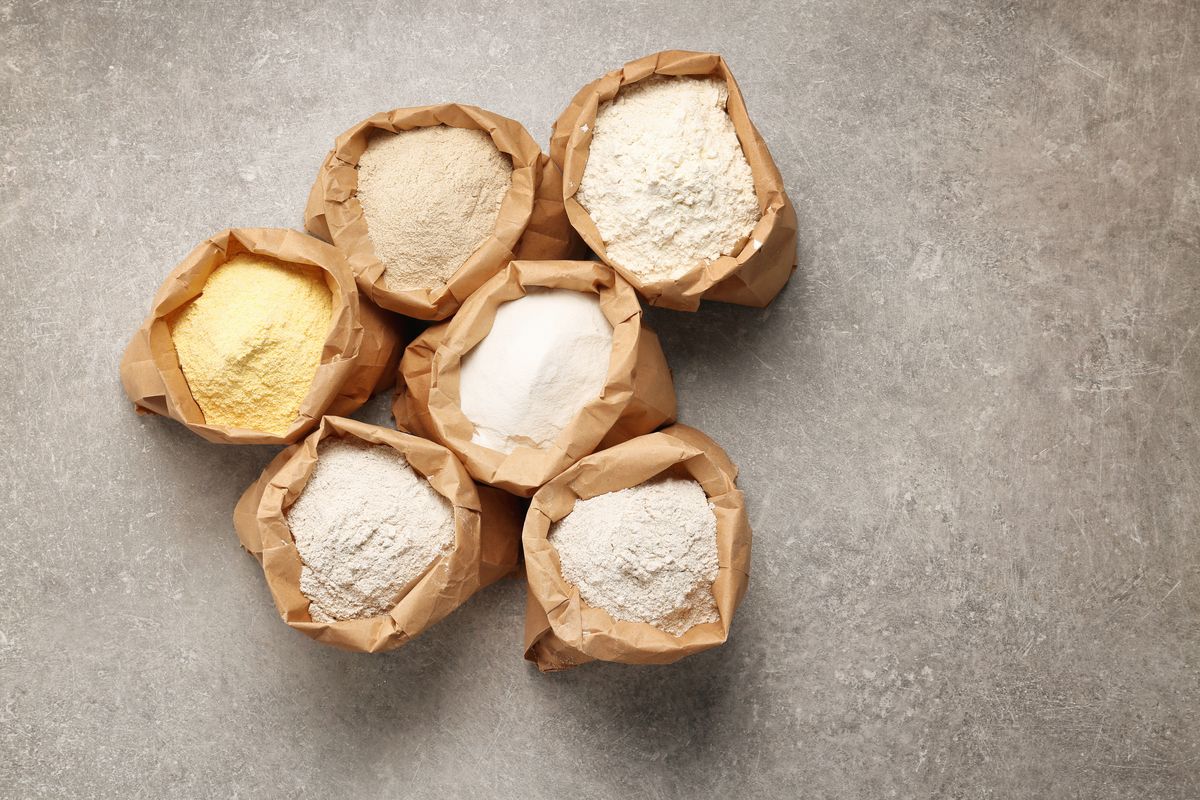
The perfect pizza flour has a strength ranging from 260 W and 300 W , where the strength is given by the amount of gluten: the more there is, the stronger the flour. On the market you can find special, ready-made flours, or you can make a cut preparation like the one we made by combining 40% of Manitoba flour (whose strength is around 350 W) and 60% 00 flour (whose strength is of approximately 150 W).
A tip : if you can't find any others, you can also just use 00 flour (the most common one in supermarkets) but perhaps let the dough rise a little longer.
The situation is very similar also for wholemeal pizza dough . In our recipe, we use it pure, but since its strength is 130-160 W it requires (approximately) double the leavening time .
Similarly, in gluten-free pizza dough it will be necessary to use rice flour and corn starch, but you will have to add more yeast and let it rise for longer given the absence of gluten and the consequent difficulty in developing air in the dough.
The water

The doses of water depend a lot on the flour you use: the more gluten it contains, the more water will be absorbed . It is important that it is around 22°C , not too hot, and that it is not fizzy (both tap and bottled are fine).
Yeast: differences between the different types
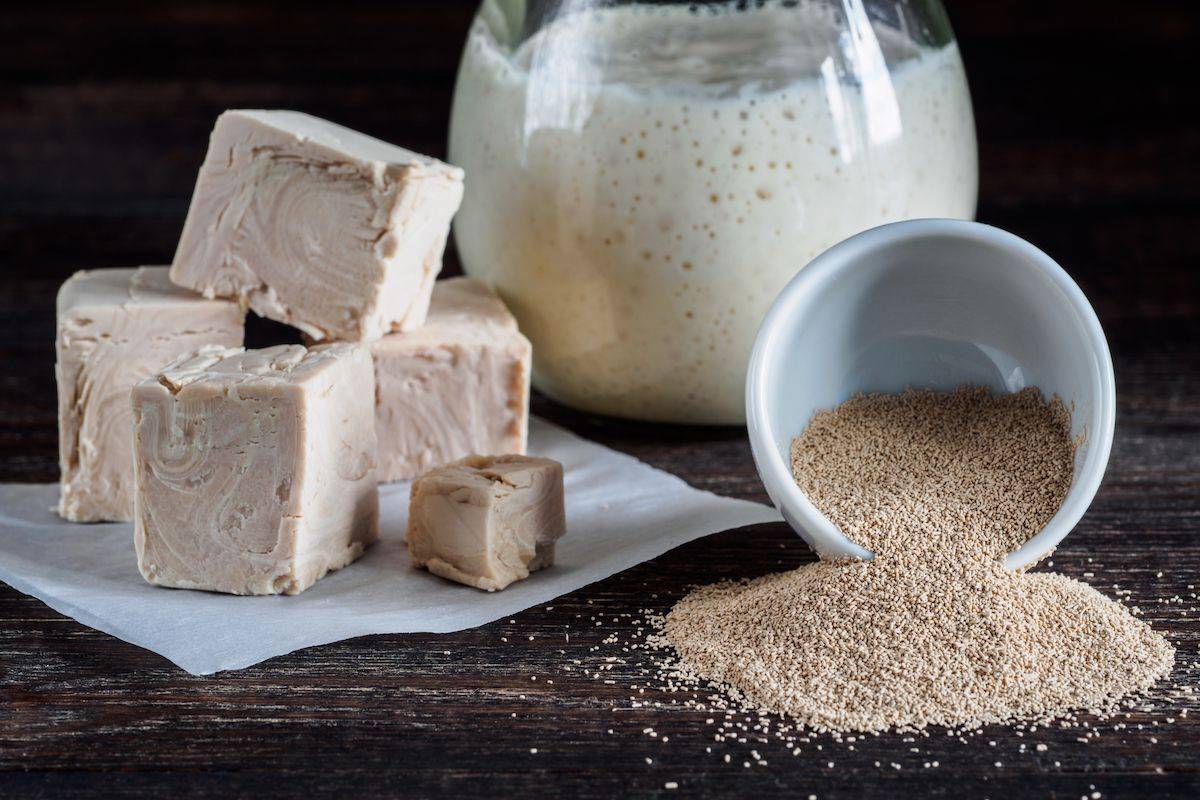
- Fresh brewer's yeast . Usually sold in 25g blocks, it must be added by dissolving it in water. Generally, half a stick is used for every kg of flour.
- Dry brewer's yeast is sold in 12g sachets and must be added directly to the flour. You use half as much as the fresh one ( 7 g per kg of flour ) and it is better to also add a couple of teaspoons of sugar , which will serve to activate it.
- Instant yeast . It's not the first that comes to mind when talking about pizza but, sometimes, in the supermarket (or at home) but there's nothing else. It is added directly to the flour – 1 sachet for every 500 g of flour – and we will still be able to enjoy an excellent pizza with instant yeast . The leavening time in this case is zero.
- Dough or sourdough . Pizza dough with sourdough starter (even better if homemade ) is much more digestible: add it in a 1:5 proportion to the flour. In this case, however, you don't have to rush: the rest times are much longer.
- Finally, for those who have digestibility problems, it is also possible to prepare the pizza dough without yeast : just add a level teaspoon of bicarbonate and you will have to let it rest for much less time. Just consider that the dough will be more hydrated .
When to add salt?
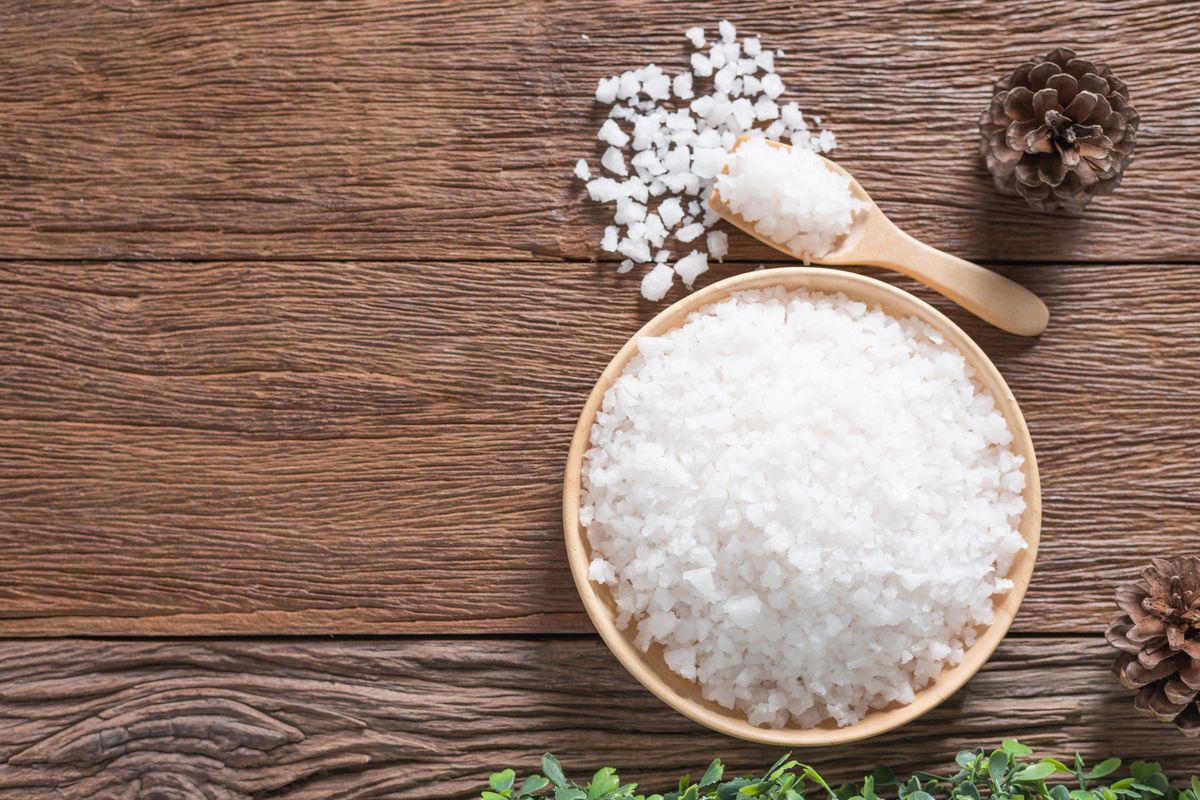
It is important that salt and fresh brewer's yeast never come into direct contact with each other as the former can compromise the leavening properties of the latter. Then dilute them separately in warm water and first add the part with yeast, then knead a little with the flour, and only then add water and salt.
No special salt is needed: fine cooking salt will do.
The phases of preparing pizza dough
How to make pizza dough? For a perfect result you need to know all the phases : from stringing, to folding, to pinning.
How to knead pizza?
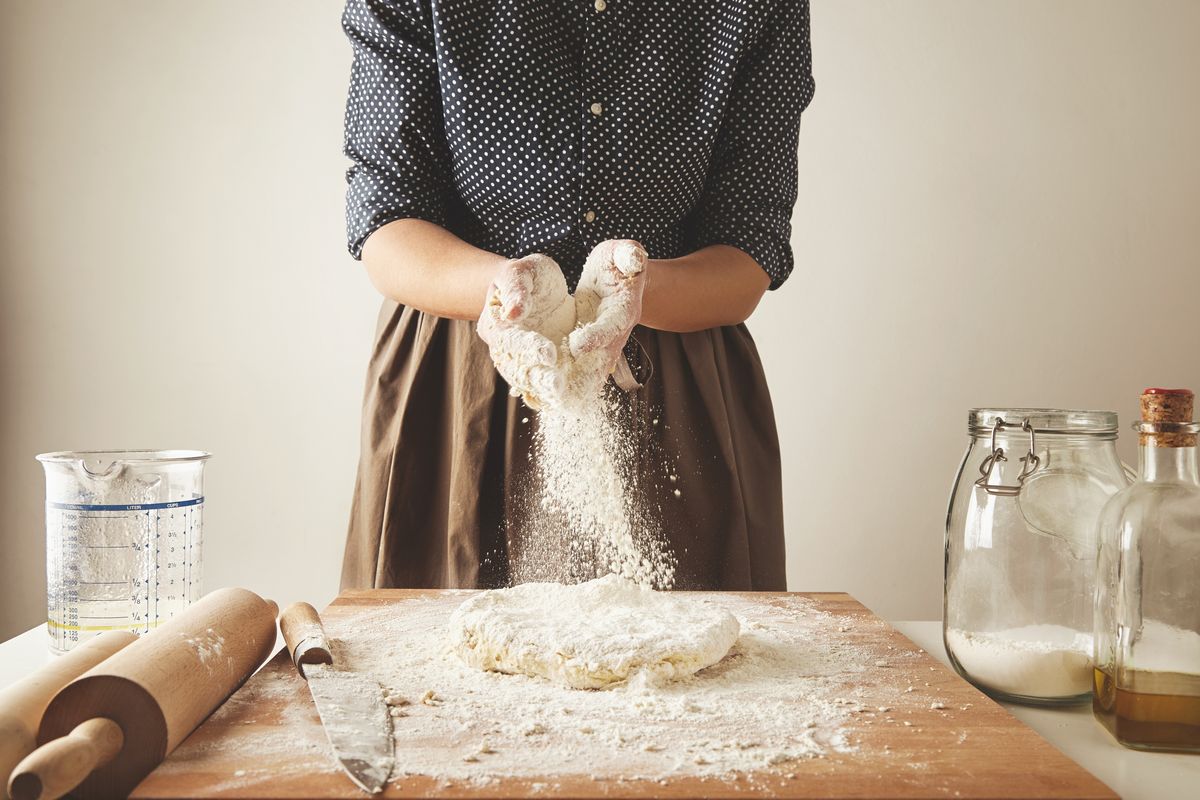
You can choose to do it by hand, on a pastry board, or in a stand mixer with a medium speed hook . The disadvantage of the latter method is that some could get very hot and, consequently, heat the dough excessively. In that case, to make your pizza dough with the planetary mixer, use very cold water: the important thing is that the overall temperature of the dough does not go above 30°C so as not to compromise the yeast.
Perhaps you have also heard of no-knead pizza: combine all the ingredients (increasing the amount of water) and mix with a fork. Cover, leave in the fridge for 24 hours and the next day you will be ready to knead. This version is perfect if you have time (and don't feel like kneading).
The stringing of the dough
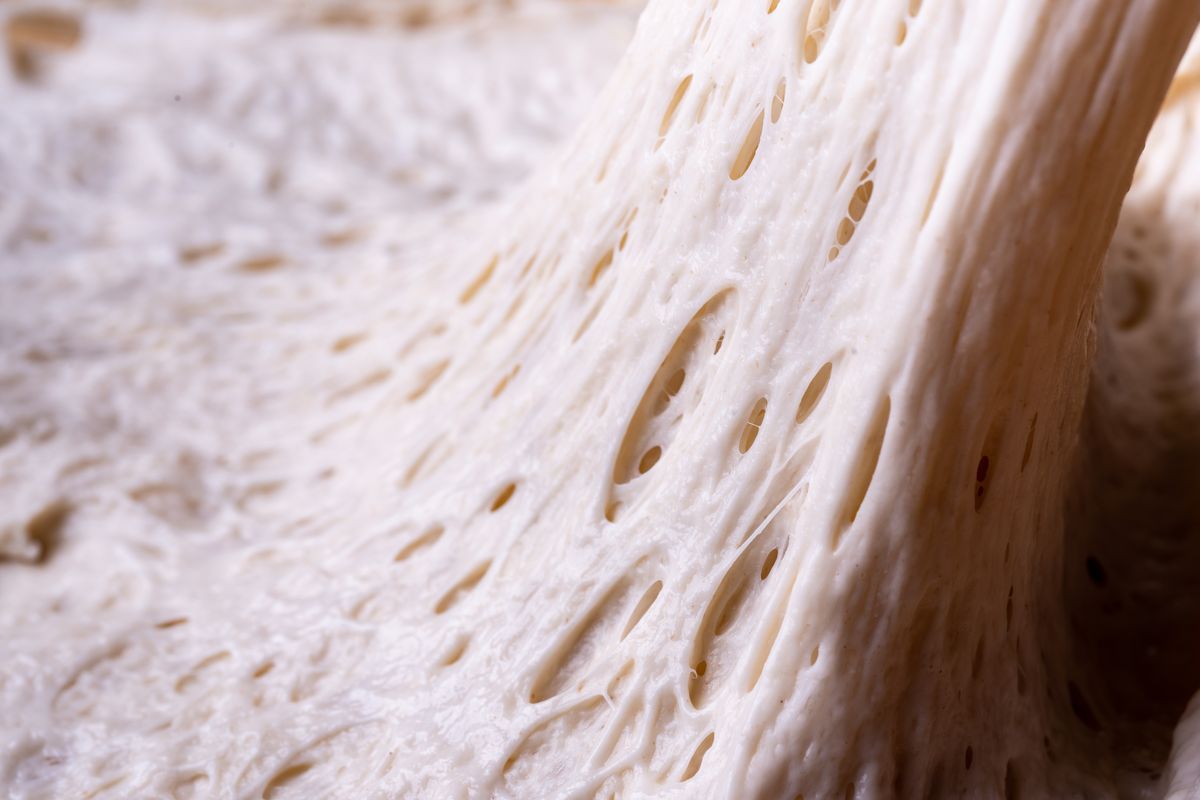
In order for the dough to rise it must be well mixed. Stringing is the process that allows the gluten to give life to the gluten mesh that creates the network thanks to which the dough can rise. You can do it either by hand or with the mixer: you will understand that it is ready when it no longer sticks and has a nice homogeneous appearance (allow 5/10 minutes).
The folds
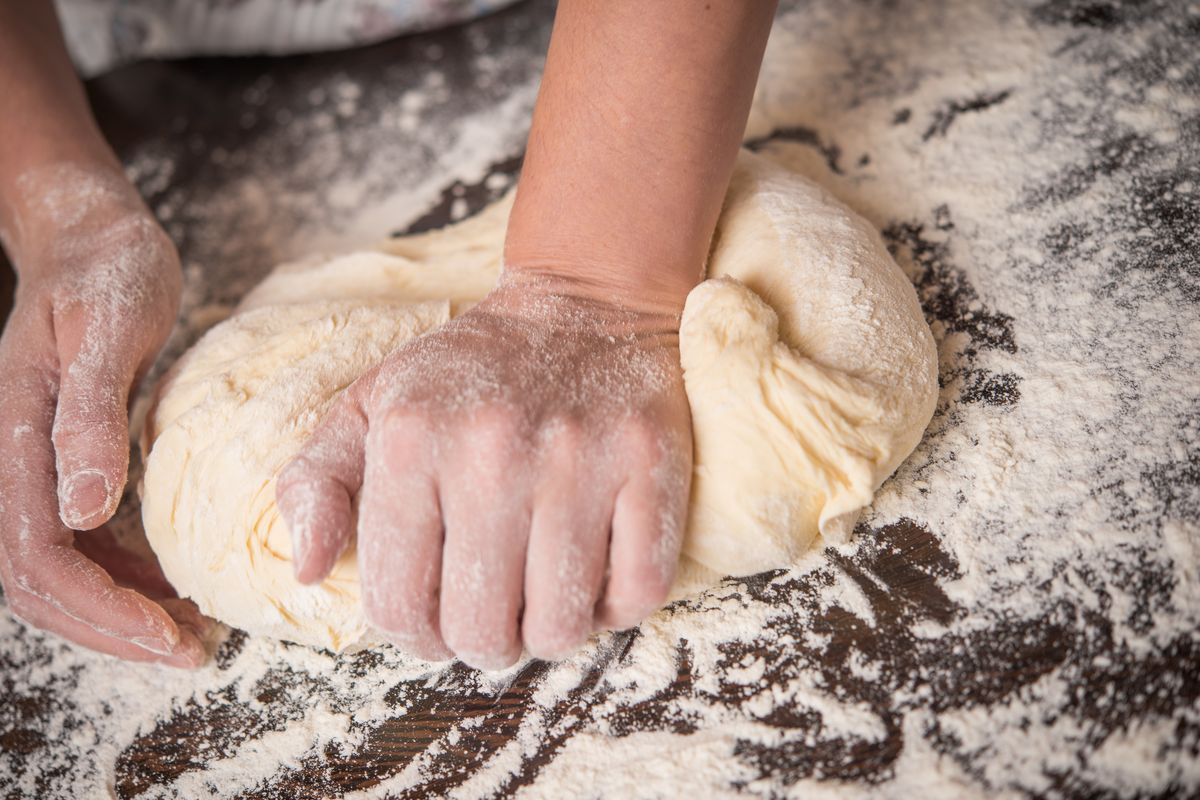
Once it is strung, take the mixture back and fold one side of the dough towards the center. Repeat for all four sides. These folds that we are making are used to give strength to the dough and therefore to help leavening.
Leavening
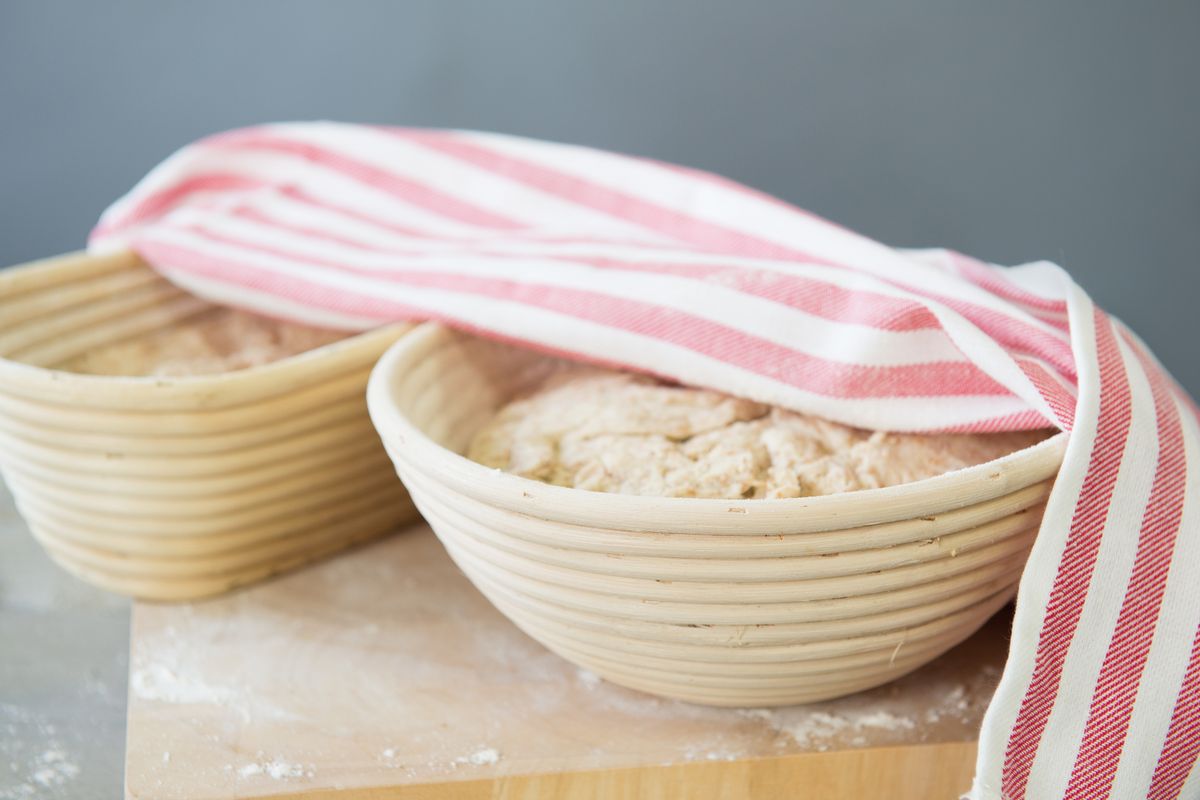
Once you have given it the shape of a sphere, you can let it rise for a couple of hours. Place it covered with a damp cloth or a sheet of cling film (not in contact) in a place protected from sudden changes in heat. The ideal temperature is between 25°C and 28°C : for this reason in summer it will take less time (or less yeast) while in winter more.
Bear in mind that the more time you have, the less yeast you will need: 2/3 hours are enough for around 12 g of fresh brewer's yeast , but if you have all night you can make a long leavening pizza dough and use just 3 grams of yeast. In this case, you will have to let it mature in the fridge.
The advantage of using less yeast is in fact digestibility , which is why some even prefer to make pizza without yeast. Have you ever felt very thirsty after eating a leavened product? Now you know why!
Pirlatura: how is it done?
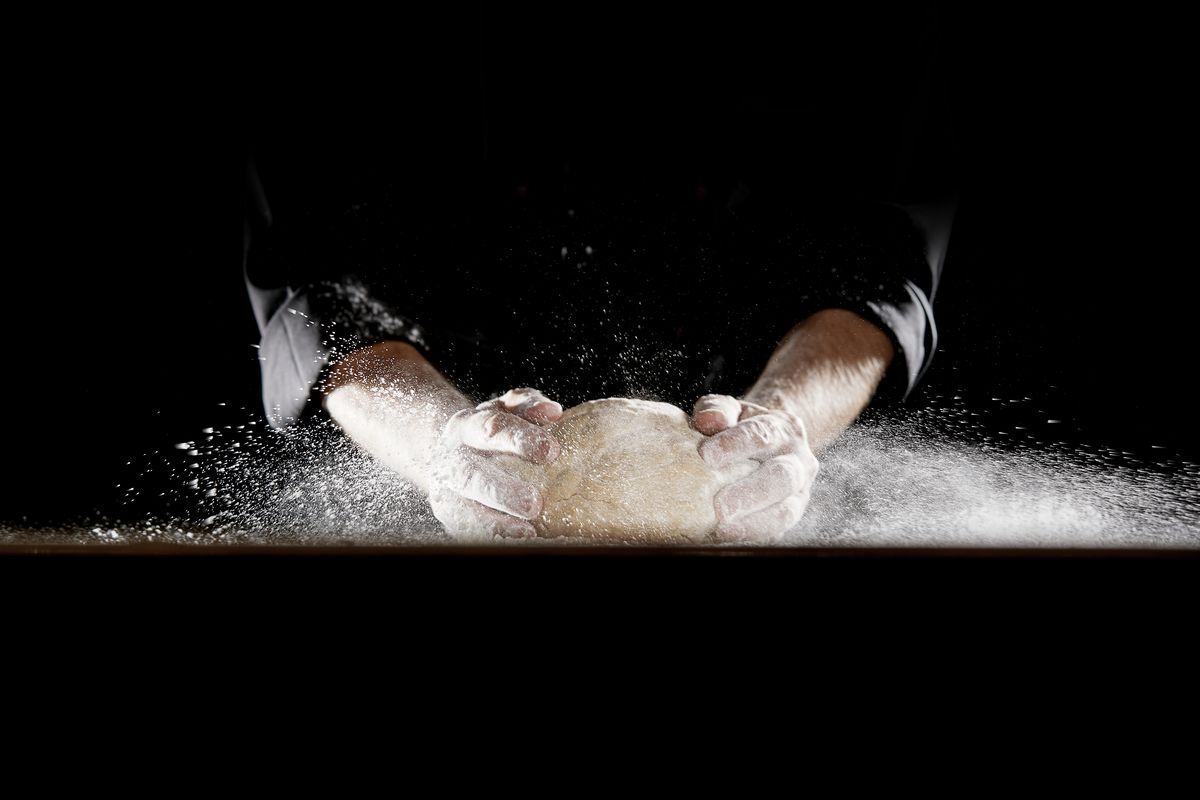
After the leavening phase, it's time for pirling: basically you have to turn the dough with your hands.
Divide the dough into 4 portions and, one at a time, on the work surface, bring them towards you and then return to the starting point. Continue until you get a nice homogeneous sphere .
How to roll out pizza

The ideal would be to roll it out as pizza chefs do in the common imagination, swirling the pizza dough in the air. Not everyone, however, is obviously capable of it: if you can, avoid the rolling pin which ruins much of the leavening and proceed slowly with your fingers.
Place your dough in a greased pizza pan and gently roll it out with your fingers to the edges.
Cooking: can you make pizza in the oven at home?
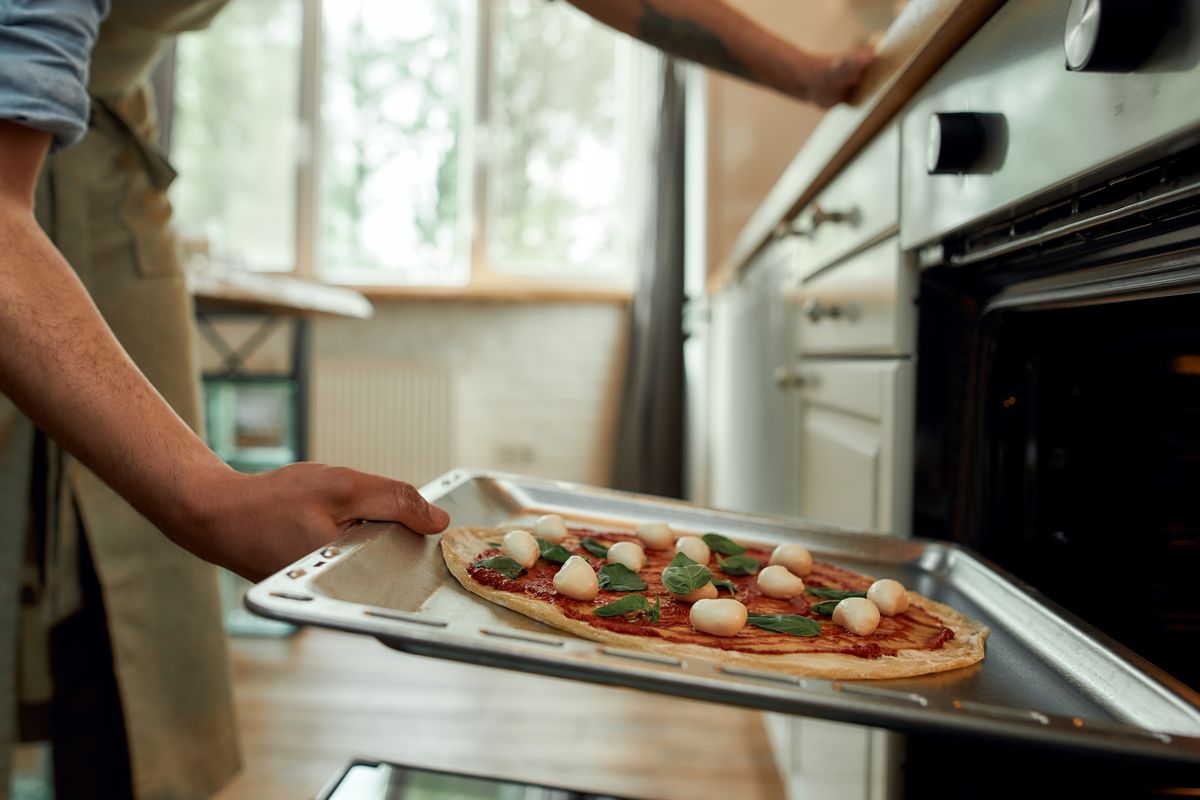
The cooking time of the pizza is around 30 minutes , but it depends a lot on the thickness and size you give it. Also, of course, every oven is different. Generally, the ideal temperature is around 200°C in a fan oven . Before baking, it must be very hot.
How to make the perfect pizza dough
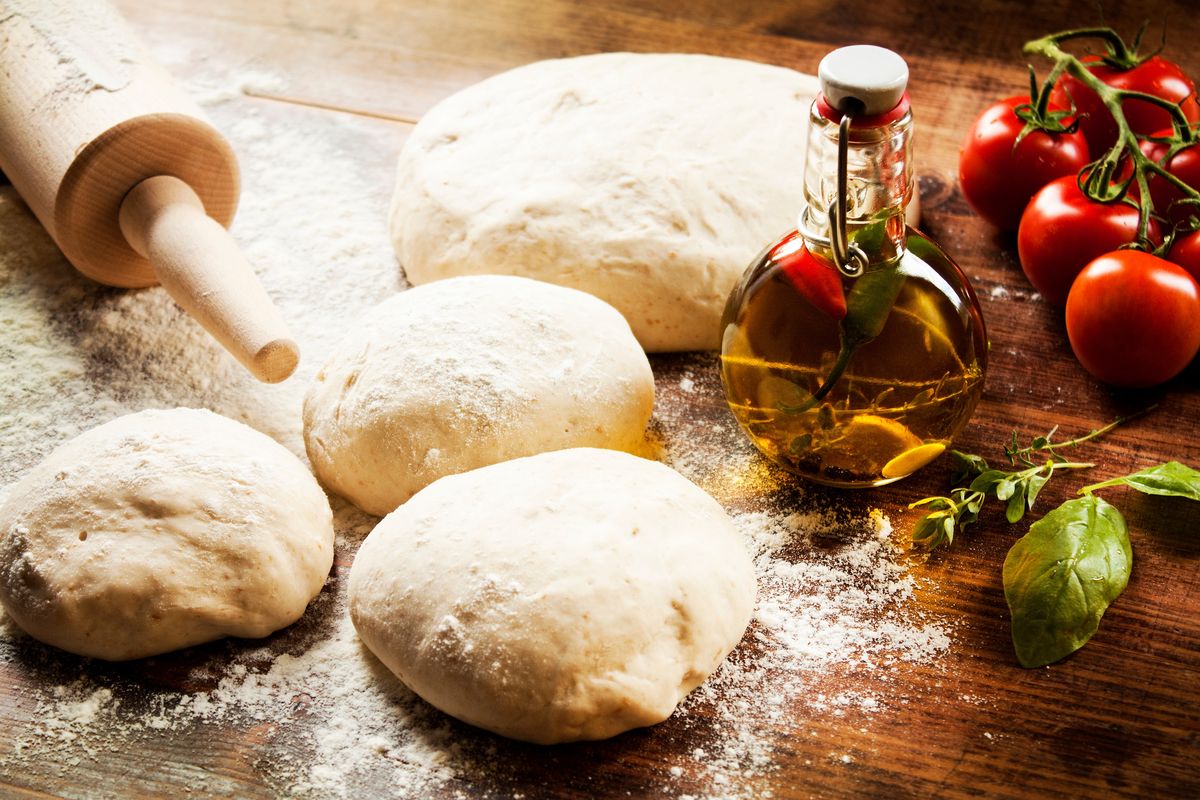
Preparation
How to prepare pizza dough
To prepare the pizza dough, combine the 00 flour and the Manitoba flour on the work surface and make the classic fountain (if you prefer, you can also use the mixer).
Dissolve the fresh yeast in 2/3 of the (lukewarm) water and mix until completely dissolved.
Add the salt to the remaining water (1/3) and mix.
Add the water and yeast mix to the flour and start kneading. When the liquid is 75% incorporated, you can also add water and salt . Knead.
Finally, add the oil and work until you obtain a nice homogeneous mixture. Let it rest in a bowl covered with a damp cloth: 10 minutes will be enough.
At this point, let's make the folds : take the sphere of pizza dough and fold the sides towards the center (one at a time). Once this is done, let it rise in a greased bowl for a couple of hours or until doubled in size. Again, cover with a damp cloth.
Once the pizza has risen, divide the dough into 4 portions (which will be our actual pizzas).
It's time for pirling : place each ball in the center of the work surface and rotate it towards you. It will serve to make them nice and homogeneous and, obviously, you will have to do it for all 4.
Now transfer them to the baking trays (if you don't have four separate ones you can also make a large pizza or two) and, with your fingers, give the dough the shape of the container.
After resting for another half hour you can fill as you like and cook. Bake in a preheated (ventilated) oven at 200°C for about 30 minutes . Times are indicative and could vary based on the thickness and shape you gave to your pizza.
Storing the dough: can it be frozen?
The dough, if you don't use it immediately, can be stored in the fridge for a couple of days, but consider that it will continue to ripen (and rise). If not, you can freeze the already portioned and leavened pizza dough and take it out when necessary.
The pizza, on the other hand, can be stored for the two days following preparation.
Riproduzione riservata © - WT












